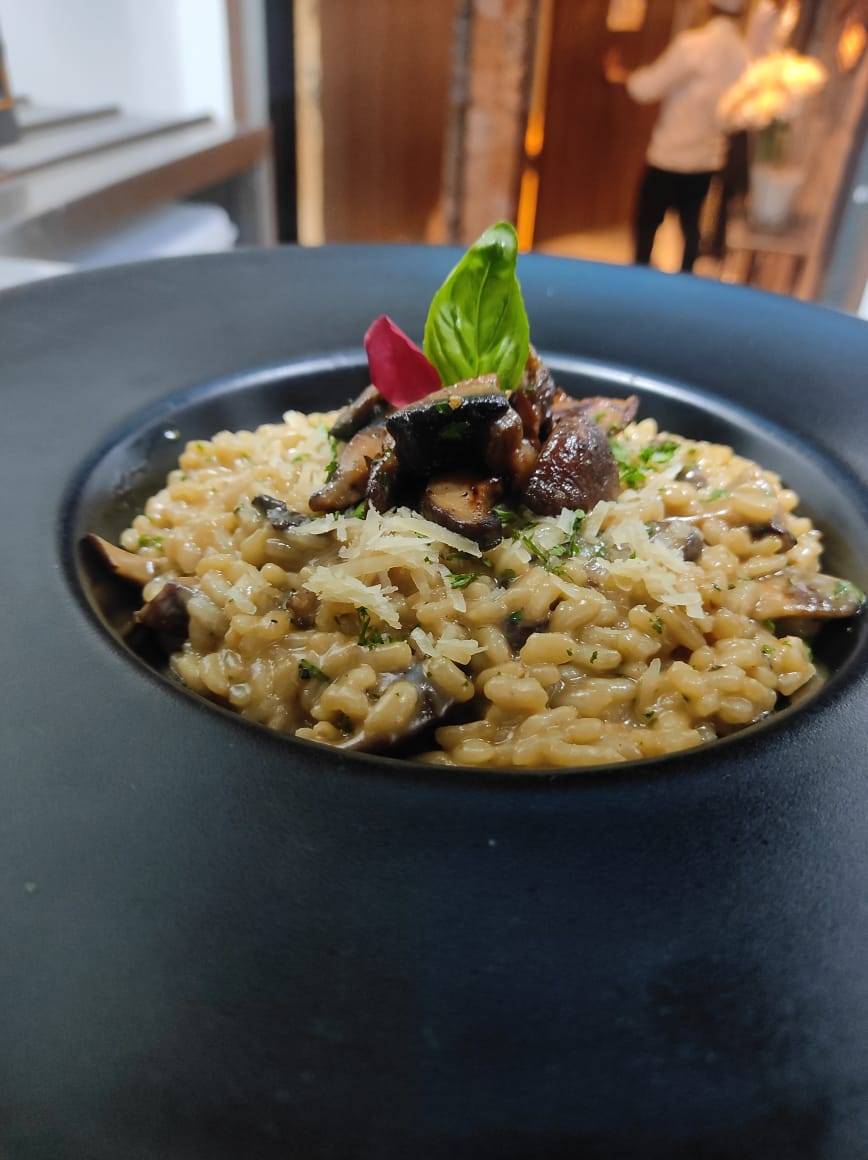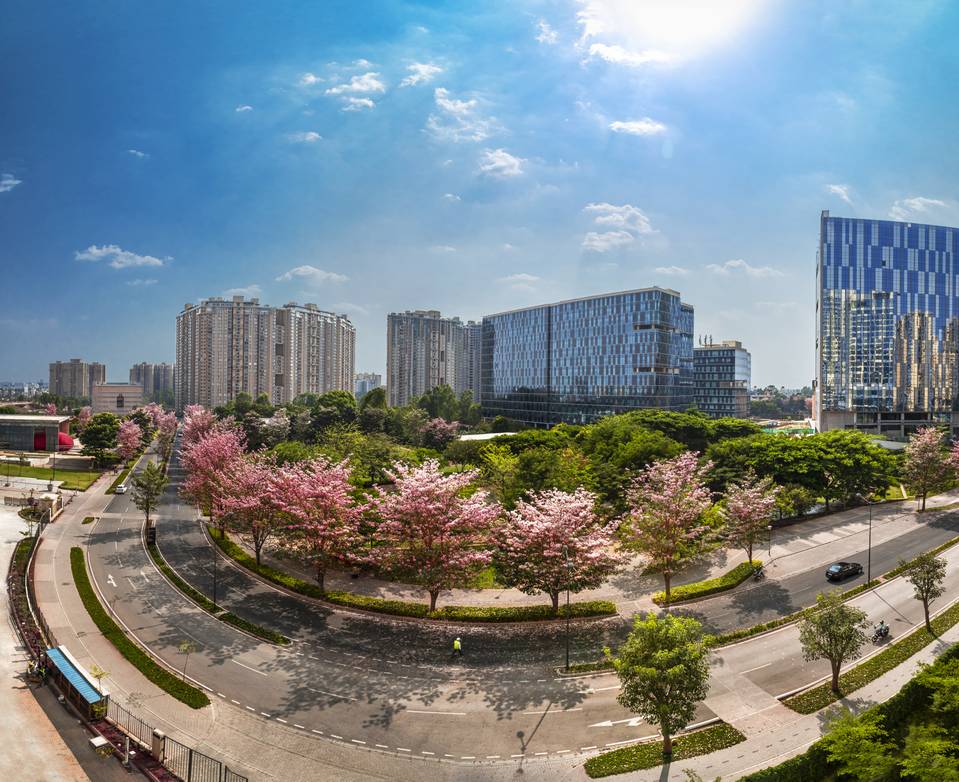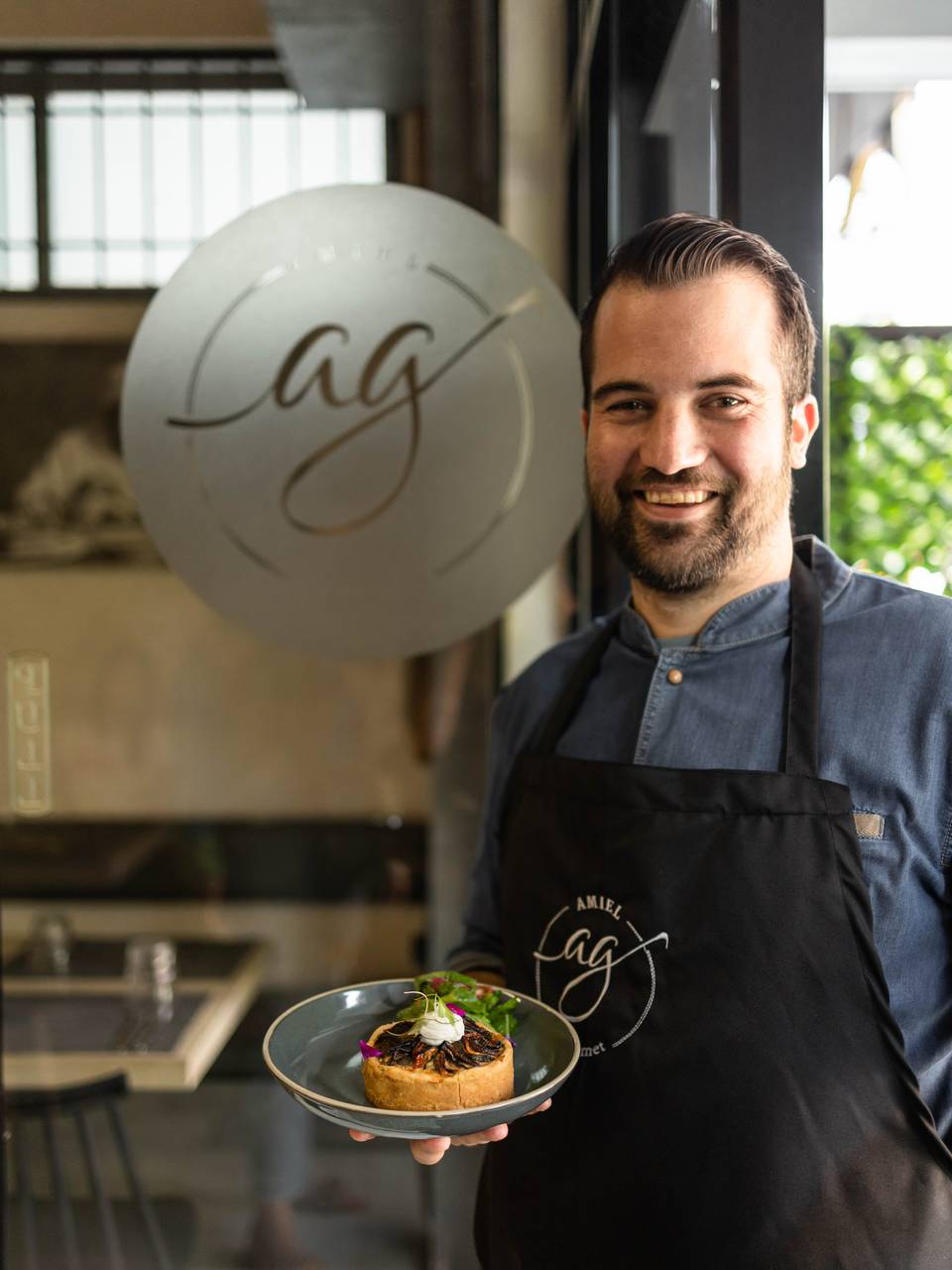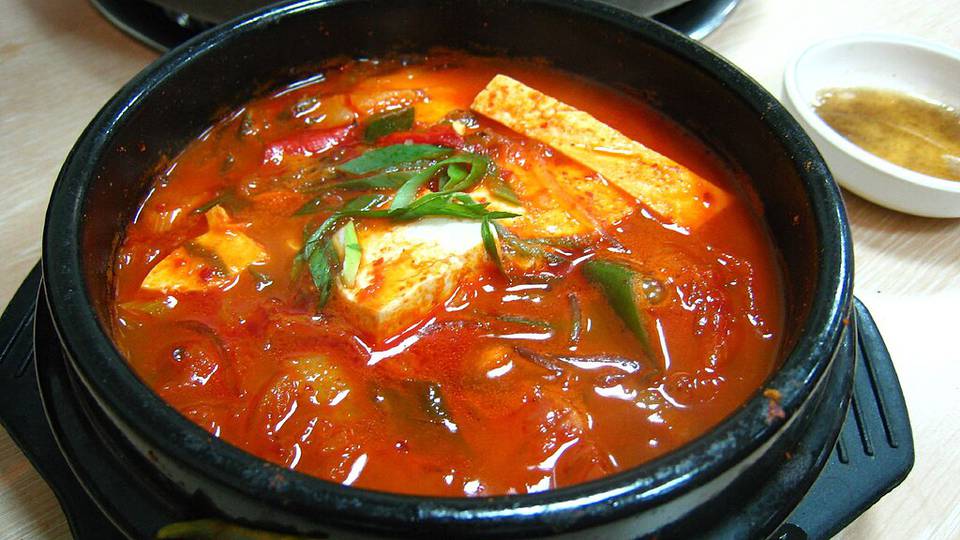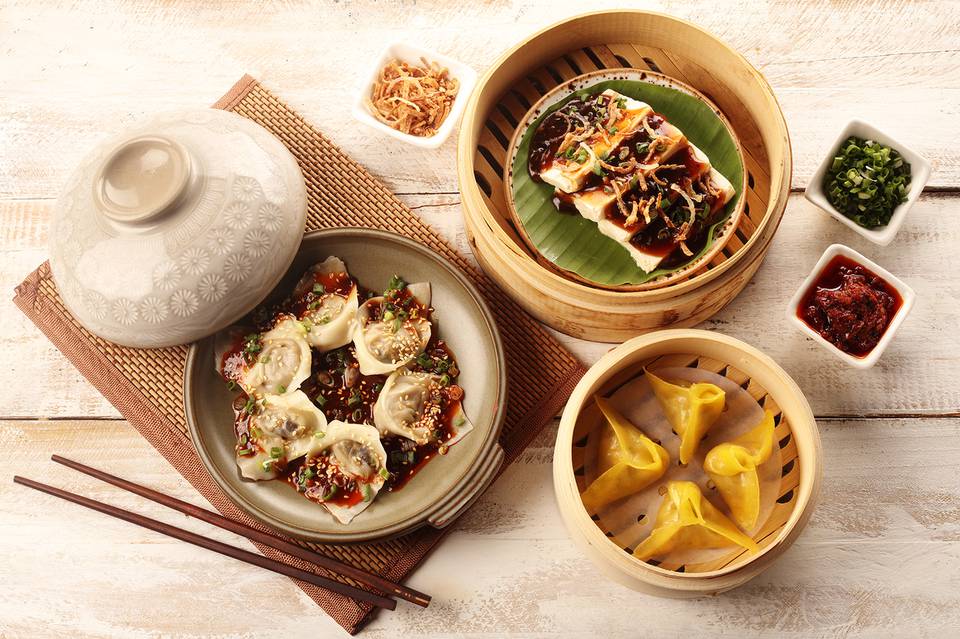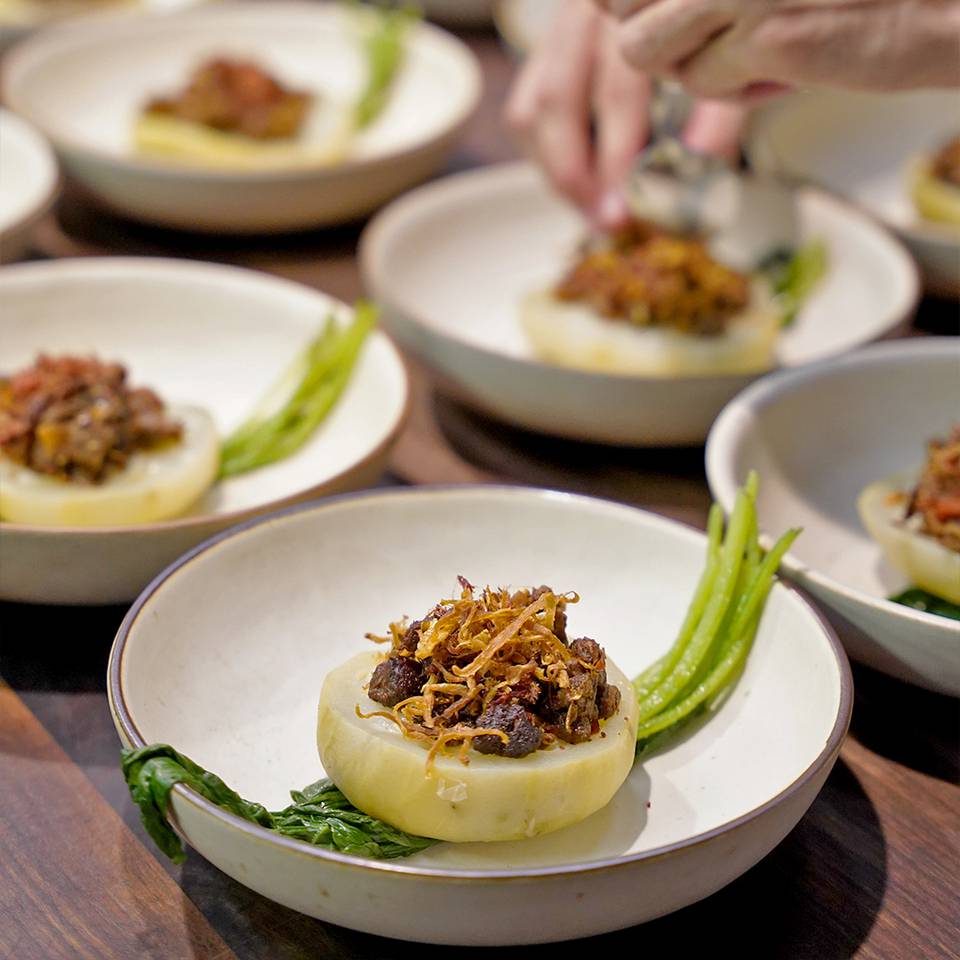Vegetarianism In The After-Eid
Oct 11, 2019, 12 08 | Updated: Oct 11, 2019, 12 08
Vegetarianism In The After-Eid
The pop up food stalls outside all the mosques in town have vanished with the sighting of the moon.
The mutton samosas, haleem, camel meat, beef this, mutton that and the kheema parathas are gone. As are the pita and the hummus. The piquancy of lemon flavoured delights, the whole taste of Arabia and its influence on our culture will be missed.
But you’re all, “Man, I’m done with meat. Too much, too much...”
And you now have twin craving for residual Arabic craving and vegetarian food as well. So, we ask ourselves, why can’t we have it both ways? Why not “Arabic vegetarian” food?
Is “Arabic vegetarian food” even a thing?
We decided to refer the matter to a chef who has been at the cutting board of cuisine, and is known to be particularly deft with Arabic cuisine: Chef Sandip Narang at the Taj West End.
He told Explocity that vegetarianism is a big part of Arabic cuisine.
Middle Eastern countries in the Levant, like Lebanon, have rich greenery and vegetables play an important part of their cuisine. While a large part of the Arab world is covered by desert, the wonderful vegetables and salads of the Levant inveigled their way into the meat-based cuisine of the rest of the Arab world.
Indeed, in most Arab restaurants in the Middle East, the table is first served with a big basket of vegetables, leafy objects, a bowl of hummus and pita.
Chef Narang spoke of some well known vegetarian Arabic food. Mouttabel is made with char-grilled aubergines, Zaitoon Bil Roman is a fresh salad of olives and pomegranate, Foul Madammas has simmered fava beans with garlic and olive oil. Other dishes have pine nuts, feta cheese and tomatoes. The mains are basically types of tagines made with couscous and served with stews.
The vegetarian menu in most Arabic restaurants is so exhaustive that it is possible to not eat a morsel of meat and yet go so much further than falafel.
Chef Narang summed up this up in an interview with Explocity.
Explocity: Would you say that vegetarians can enjoy Arabic food?
Chef Sandip Narang: Of course, Middle Eastern food is extremely varied in vegetarian offerings. Particularly in countries such as Lebanon, Turkey etc. there is a wide variety of vegetables that grow and are part of the cuisine. Even though they typically are meat eaters, vegetarian dishes are an important part of the cuisine.
E: If yes, how would you describe a full vegetarian meal?
SN: One could start with vegetarian mezzes (starters) such as hummus (Chickpea purée with sesame paste and olive oil), mouttabel (char-grilled aubergines puréed with sesame paste and olive oil), Zaitoon bil roman (Olives and pomegranate salad mix with onion, tomatoes and parsley), Shankleesh (salad of feta cheese tossed with onions, tomatoes, parsley and olive oil), Foul Madammas (simmered fava beans with garlic and olive oil), Fatayer (baked pastry triangles filled with spinach and pine nuts). There’s more.
For a main course, one could choose from the various types of Moroccan vegetable tagines with steamed coucous or many different varieties of stews such as Turlu (from Turkey), bamia (Egypt) or Tharid al Khodra (artichoke and potatoes) amongst many others. There are also a variety of grilled vegetables that one could have.
E: Are many of your guests aware of Arabic vegetarian food and do you get a lot of such requests in the kitchen?
SN: Well, the ones mentioned above and many more are part of our menu at Mynt. Also during lunch time there are ample vegetarian Middle Eastern dishes on the buffet.
E: Would you say that interest in Arabic cuisine spikes during Ramadan?
SN: Arabic cuisine is a rising trend in our country and while one may hear it being mentioned more during some times over others, the interest for it is year round.
